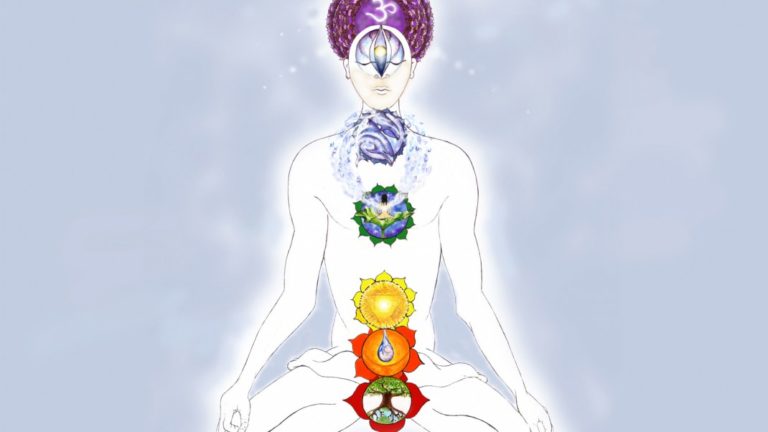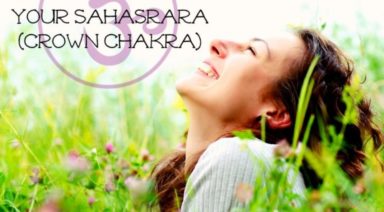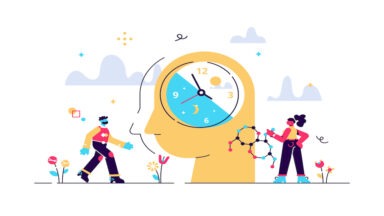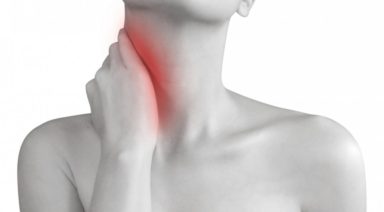An Introduction to the Chakras

Many of us approach yoga from the pure physical opening. I know that I did. When I first started yoga, 13 years ago, I had a specific aim – to stretch my body and decrease the pain in my body. I am happy to say that it worked. The journey to the release was a lovely, bumpy and interesting one! I realized that the physical pain was connected to my emotions, my thoughts, my worries and all of the layers of pain that I had shoved down into my body. It was a foreign concept to me.
As a physician, 10 years of medical school did not give me this awareness. I had no idea that the pain someone is experiencing in their life was actually connected to their emotions. Yoga was truly life transforming. I had no idea that this information was even available.
When we look at the chakra system – the energy centers – we can see that this knowledge is actually documented and well studied. It is only in our Western Medical domain that we do not give credence to this beautiful, awe-inspiring study.
The chakra system or energy centers in our body often become blocked by long held tension and low self-esteem. Physical postures have been well studied that correspond to each chakra and when done regularly can release the block from the body. As a result, we are able to live free of these old fears that are often stagnating our life.
The 7 chakras are believed to be arranged in a vertical line from the base of the spine to the top of the head. Chakra is a Sanskrit word which means wheel and these wheels are believed to spin. Each chakra is actually associated with biological functions in our body.
Through understanding the chakra system, we can se that our external life and internal habits, life limiting concepts, self-esteem and chronic mental tension can produce imbalances in our chakras. When left over a period of time, these chakras do not spin as they should. As a result, if the imbalance is left it can result in an actual physical disease and dysfunction.
Chakras can be rebalanced through regular practice of yoga postures and meditation. This allows the energy to balance and allows any energy to clear.
Personally, I have seen the amazing affects of yoga and meditation on clearing many diseases, including thyroid disease, depression, anxiety, high blood pressure, stomach ulcers, chronic physical pain and more.
The practice of yoga is truly amazing and mind-boggling. Such an ancient art of healing has been well studied and documented in ancient texts. Western Medicine has its role, especially with the acute ailments.
If, however, you suffer from a chronic disease, it is more than likely related to an imbalance in your chakras that started many years ago. Regular practice can actually release and allow your body to step into its natural way of being.
Bottom line: role out your yoga mat, rain or shine, and practice. You will be glad you did!
7 Chakras: What You Need to Know About Chakra Alignment

Chakra comes from the Sanskrit word for wheel and is more commonly translated to mean a point of physical or spiritual energy in the human body.
If you picture yourself sitting cross-legged in Lotus pose, the 7 chakras are located on one’s body from the top of one’s head to the base of one’s spine. Each chakra has a specific location and several unique attributes. While they are aligned with the physical body, they are not something you can touch, but are something you can feel and sense.
One thing that most people don’t realize is that your chakras can both be too closed or too opened. Leaving your chakras too open or vulnerable is just as unhealthy as having closed chakras. As you read the descriptions of the 7 main chakras below, be thinking about how they relate to you.





































